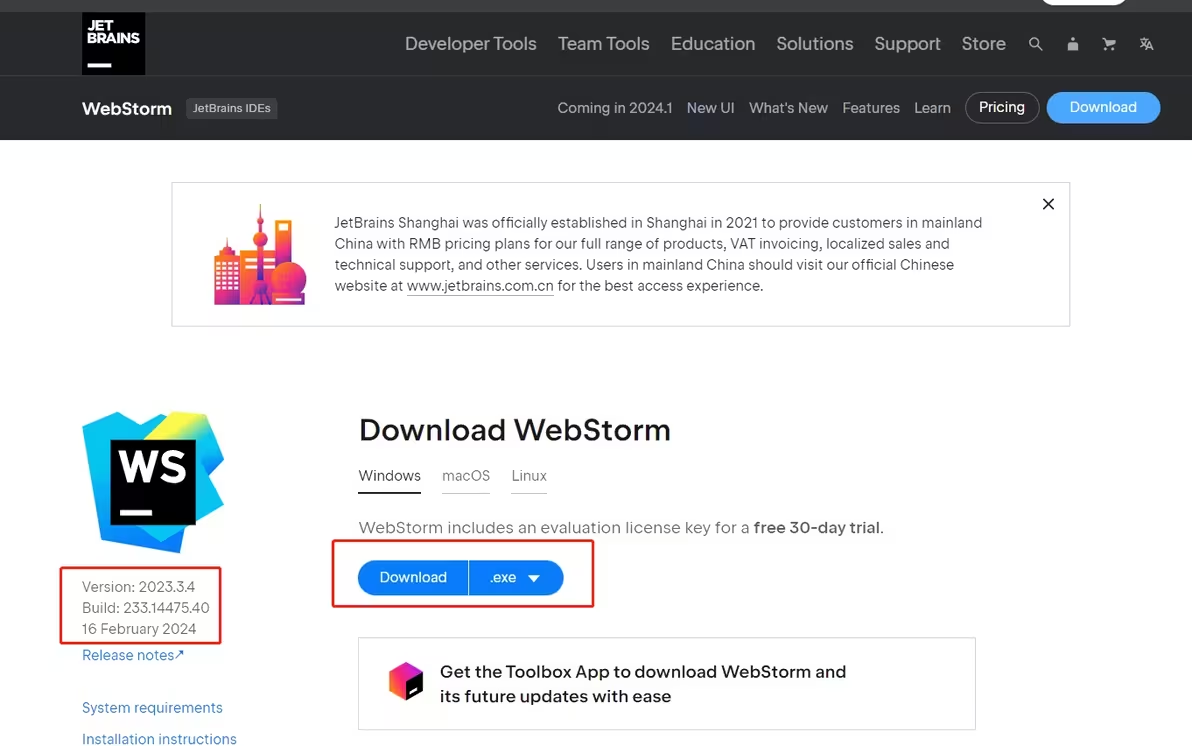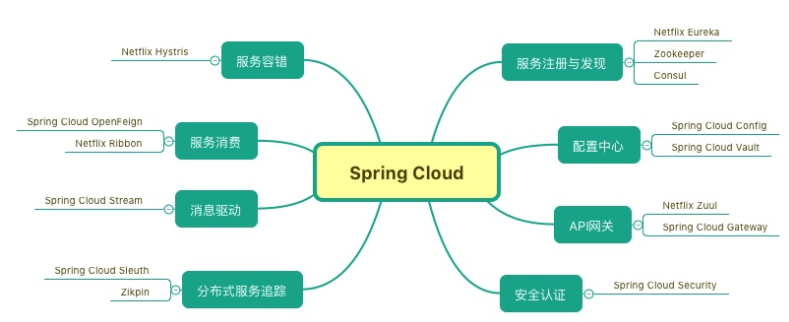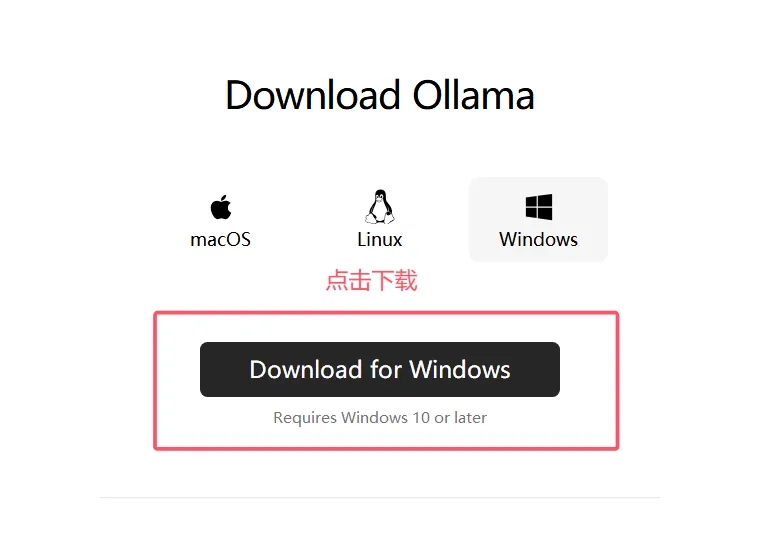文件上传是 Web 开发中常见的功能之一,几乎所有的 Web 应用都会涉及到上传文件,如上传图片、视频、文档等。
一、基本文件上传实现
1.1 HTML 表单元素
文件上传通常通过 <input> 元素的 type="file" 来实现。以下是一个简单的 HTML 文件上传表单:
<form id="uploadForm" enctype="multipart/form-data">
<input type="file" id="fileInput" name="file" />
<button type="submit">Upload</button>
</form>
<input type="file"> 元素允许用户选择文件,而 <form> 元素则用于提交这些文件。
1.2 使用 JavaScript 实现文件上传
现代 Web 开发中,文件上传一般通过 JavaScript 来处理,以便实现更好的用户体验,如异步上传(AJAX)、进度条显示等。
document.getElementById('uploadForm').addEventListener('submit', function(event) {
event.preventDefault(); // 防止表单的默认提交行为
const fileInput = document.getElementById('fileInput');
const file = fileInput.files[0];
const formData = new FormData();
formData.append('file', file);
fetch('/upload', {
method: 'POST',
body: formData,
})
.then(response => response.json())
.then(data => {
console.log('Upload successful:', data);
})
.catch(error => {
console.error('Error:', error);
});
});
在这个示例中,我们使用了 fetch API 来异步发送文件到服务器。FormData 对象用于构建包含文件数据的请求体。
二、上传进度显示
为了提高用户体验,显示文件上传的进度非常重要。我们可以使用 XMLHttpRequest 结合 ProgressEvent 来实现进度条。
document.getElementById('uploadForm').addEventListener('submit', function(event) {
event.preventDefault();
const fileInput = document.getElementById('fileInput');
const file = fileInput.files[0];
const formData = new FormData();
formData.append('file', file);
const xhr = new XMLHttpRequest();
xhr.open('POST', '/upload', true);
xhr.upload.addEventListener('progress', function(event) {
if (event.lengthComputable) {
const percentComplete = (event.loaded / event.total) * 100;
console.log(`Upload progress: ${percentComplete}%`);
// 更新进度条的显示
}
});
xhr.onload = function() {
if (xhr.status === 200) {
console.log('Upload successful:', xhr.responseText);
} else {
console.error('Upload failed:', xhr.responseText);
}
};
xhr.send(formData);
});
在这个例子中,xhr.upload.addEventListener('progress', ...) 用于监听上传的进度,并计算完成百分比。
三、多文件上传
有时我们需要允许用户同时上传多个文件。这可以通过在 <input> 元素中添加 multiple 属性来实现。
<input type="file" id="fileInput" name="files" multiple />
然后在 JavaScript 中处理文件列表:
const files = document.getElementById('fileInput').files;
for (const file of files) {
const formData = new FormData();
formData.append('files', file);
fetch('/upload', {
method: 'POST',
body: formData,
})
.then(response => response.json())
.then(data => {
console.log('Upload successful:', data);
})
.catch(error => {
console.error('Error:', error);
});
}
这个示例展示了如何遍历 files 列表,并分别上传每一个文件。
四、处理上传后的响应
上传文件后,服务器通常会返回一些信息,如上传成功或失败、文件存储路径等。处理这些响应可以通过 fetch 的 .then() 方法来完成。
fetch('/upload', {
method: 'POST',
body: formData,
})
.then(response => {
if (!response.ok) {
throw new Error('Network response was not ok');
}
return response.json();
})
.then(data => {
console.log('Server response:', data);
})
.catch(error => {
console.error('Upload failed:', error);
});
确保正确处理服务器返回的状态码,以便给用户提供合适的反馈。
五、最佳实践
-
文件类型与大小验证: 在前端验证文件的类型和大小,确保用户上传的文件符合要求。
-
安全性考虑: 防止用户上传恶意文件,特别是在处理文件上传的服务器端代码时,应该对上传的文件进行严格的验证和清理。
-
用户体验: 提供上传进度显示、错误提示、成功消息等,提高用户对应用程序的信任度和使用体验。
六、总结
通过本文,我们学习了如何使用 JavaScript 实现基本的文件上传功能,并探讨了如何提升用户体验的技巧,如显示上传进度和处理多文件上传。
到此这篇关于JavaScript文件上传功能详解与实现过程的文章就介绍到这了,更多相关JS文件上传实现内容请搜索脚本之家以前的文章或继续浏览下面的相关文章希望大家以后多多支持脚本之家!
来源链接:https://www.jb51.net/javascript/3392955m1.htm
如有侵犯您的版权,请及时联系3500663466#qq.com(#换@),我们将第一时间删除本站数据。














暂无评论内容